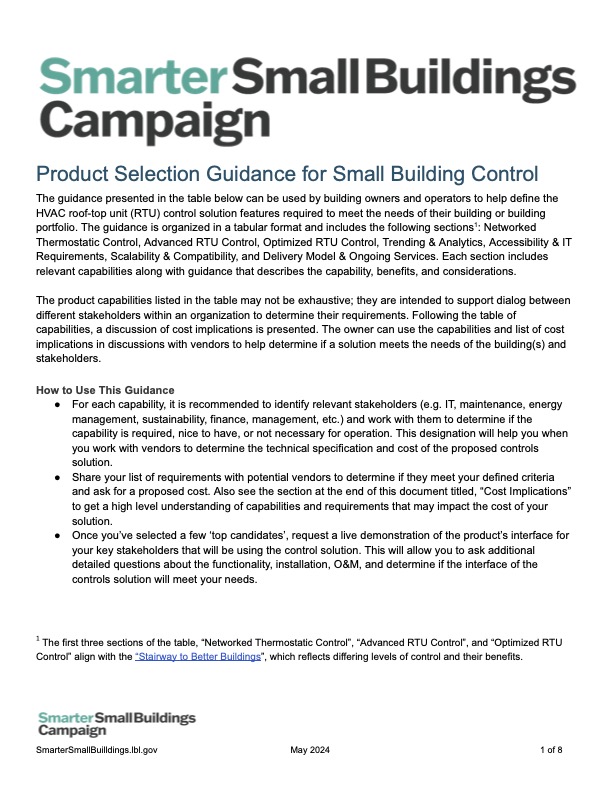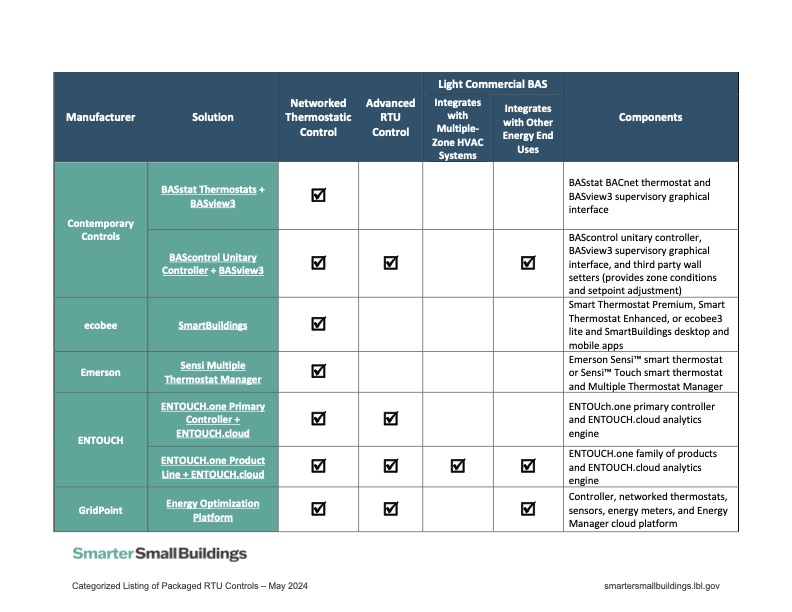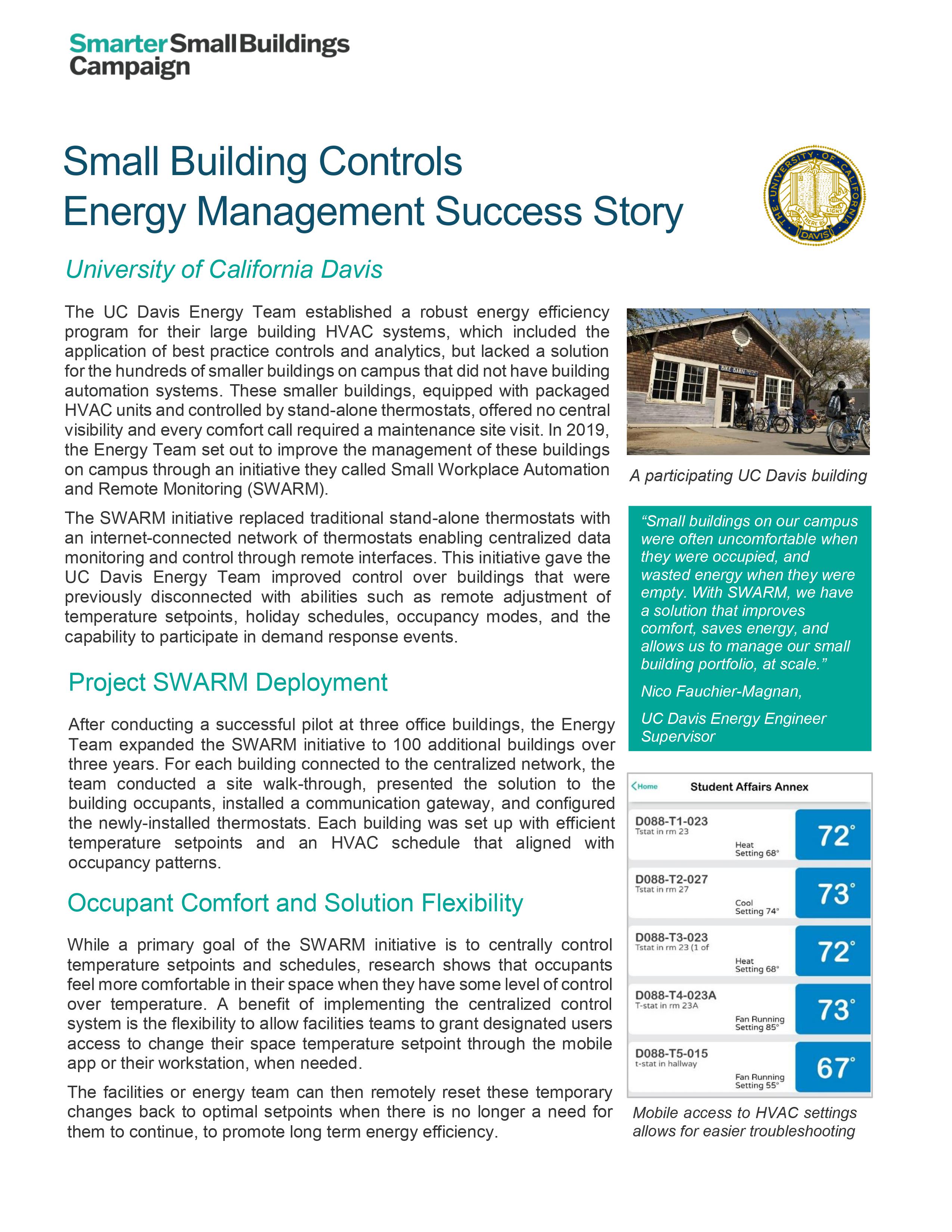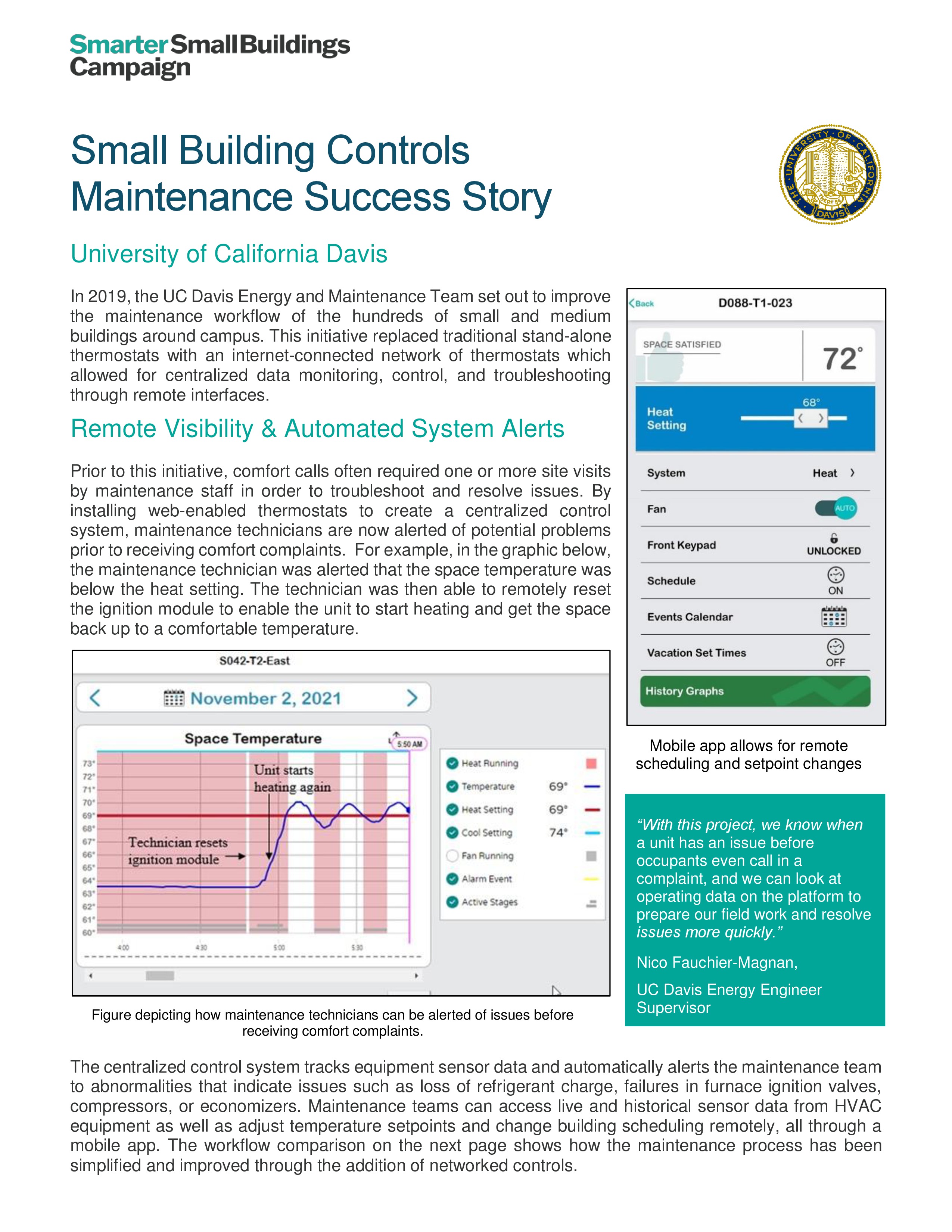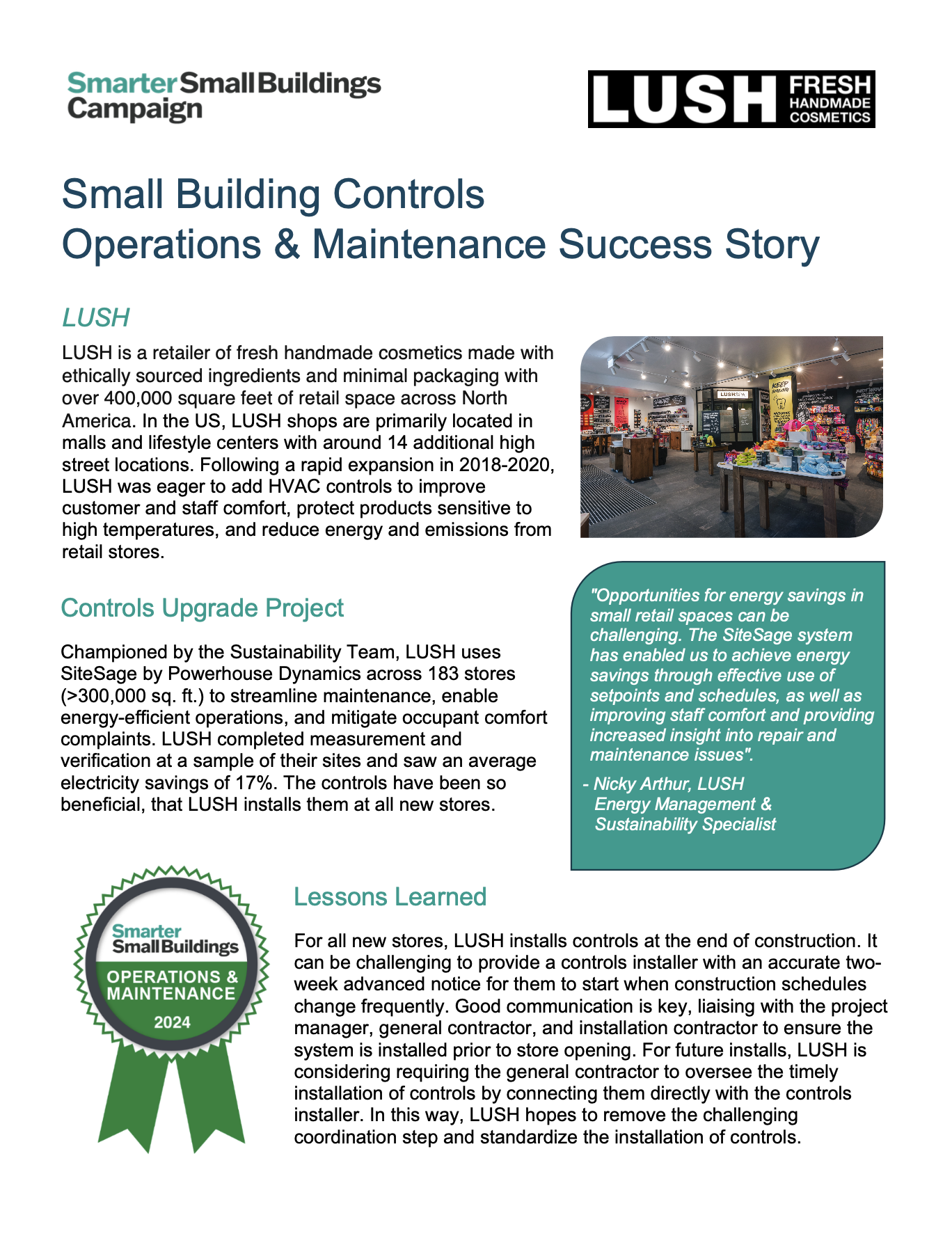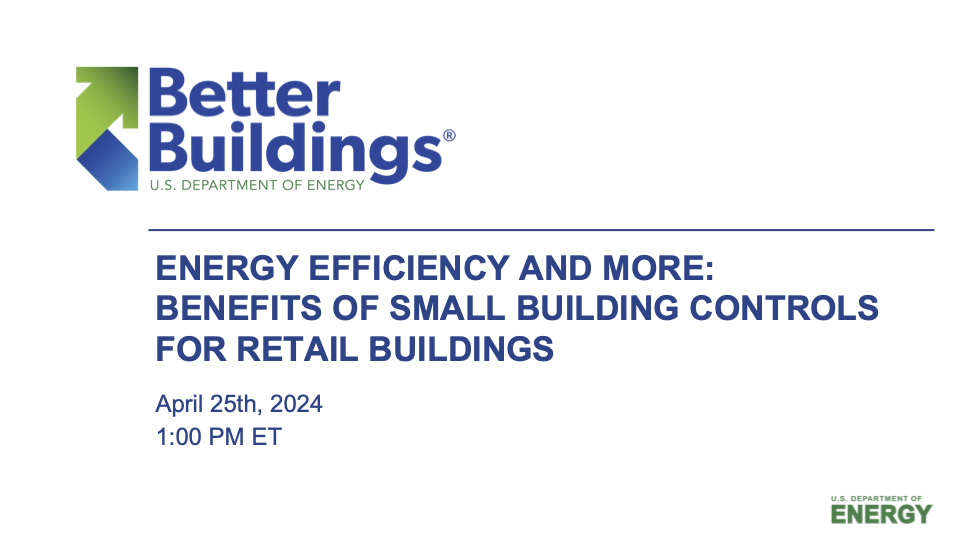Controls Resources-old
Navigating RTU Control Options: A Video Guide to Using Our Product Selection Tools
Learn how to effectively use our Product Selection Guidance tool with this brief instructional video. Gain insights on how to navigate various control options for packaged rooftop units and understand our evolving list of Packaged RTU Controls vendors. For further assistance, remember that Technical Assistance support is available. Watch the Video Here.
This resource can be used to help define required RTU control technology features by different stakeholders in your organization, as well as in discussions with manufacturers to ensure that their products meet your defined needs.
This categorized table of controls products for small to medium commercial buildings is a valuable resource that provides clarity and guidance in selecting the right controls to meet your specific building requirements.
Read this case study on UC Davis to learn about the benefits of deploying Advanced Rooftop Controls for energy management. This case study highlights the success and advantages of using small building controls to optimize energy usage and improve building performance. Use this resource to gain insights into the potential benefits of controls for your own building or organization.
Discover the benefits of using Advanced Rooftop Controls to improve maintenance processes in this case study on UC Davis. This resource highlights the success of deploying small building controls to enhance maintenance workflows and reduce operational costs. Use this case study to gain insights into the potential benefits of controls for optimizing maintenance in your own building or organization.
The cosmetics retailer LUSH is recognized in the Best Practice - Operations and Maintenance (O&M) category, which includes developing and implementing a comprehensive and occupant-centered O&M plan. Advanced controls enable LUSH to automatically generate a monthly 'HVAC Fix List' forwarded to the maintenance team for review and proactive action.
Most commercial buildings in the U.S. are small- to medium-sized and have packaged HVAC Rooftop Unit (RTU) equipment. In the past decade, control technology options for RTUs have expanded significantly, offering energy savings of up to 10%-20%. Watch this webinar for an overview of current RTU control technology capabilities and hear from two building owners who are taking advantage of the benefits they offer.
In this EMIS Technology Team webinar, UC Davis presented a scalable approach for remotely controlling and monitoring HVAC systems in small campus buildings using wireless thermostats with scheduling and setpoint control through a central interface. Their "SWARM" solution saves energy, improves comfort, and reduces maintenance costs, providing a template for applying analytics to small buildings.
Watch this webinar to hear about the benefits of HVAC controls for retail buildings, from a quick-service restaurant company and a retail skin care brand. Improved controls are proven to reduce energy waste by 10%-20% and improve occupant comfort. Presenters share their approach to upgrading controls, the benefits they've experienced, and the lessons learned along the way.
This resource, developed for the U.S. Department of Energy Efficient and Healthy Schools Campaign, provides guidance on complementary measures that can be incorporated with a roof-top unit (RTU) replacement. The guidance includes information on cost, energy, and GHG savings if these measures are installed as a package. Sections 2.2.1 and sections 2.2.2 focus on networked thermostats.
This toolkit consists of multiple resources developed as part of the U.S. Department of Energy Advanced Rooftop Unit (RTU) Campaign that ran from 2013-2019. These resources include guidance on best practices that can help owners to take advantage of potential RTU energy savings.
As part of the U.S. Department of Energy Advanced Rooftop Unit (RTU) Campaign that ran from 2013-2019, many resources were developed providing guidance on best practices for RTU replacements, retrofits, and operational strategies. For guidance specific to RTU controls, go to this page and scroll down to the section on “ADVANCED RTU CONTROLS & AUTOMATED FAULT DETECTION AND DIAGNOSTICS”.

